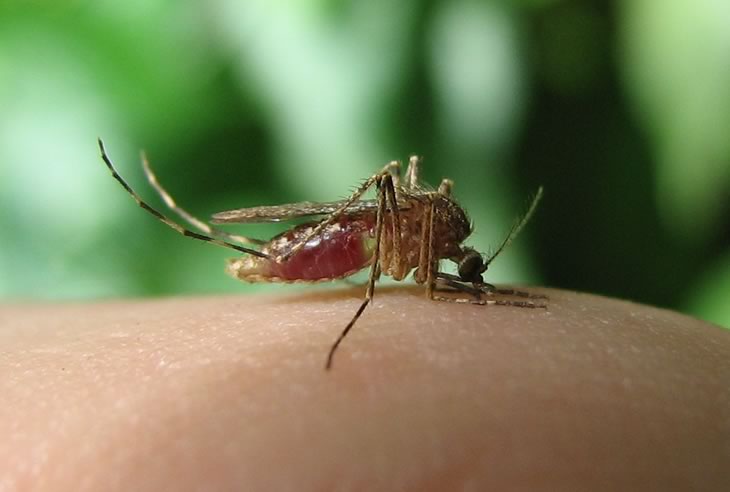Ticks are already making surprise appearances! Coming soon to your own backyard!
ctPost, March 25, 2017
Spring has barely sprung, and it’s already shaping up to be a particularly rough year for Lyme disease ticks and other tick-borne diseases.
That’s according to staff at the Connecticut Agricultural Experiment Station, who said an unusually high number of ticks were submitted for testing this month. Station director Theodore Andreadis said, in March, a total of 231 ticks have been submitted for testing so far and 37 percent tested positive for Borrelia burgdorferi, the bacterium that causes Lyme disease. That includes 65 ticks all submitted March 6 — more than 50 percent of which tested positive for Borrelia burgdorferi.
Andreadis said in March 2014 and 2015, only two and 14 ticks were submitted, respectively.
“That was quite surprising,” he said. “These were adult ticks, brought in in the middle of winter.”
This indicates the state could face a difficult season for diseases caused by ticks, said Goudarz Molaei, who runs the station’s tick testing laboratory.
“This year has been an exceptionally difficult year,” Molaei said. “An abundance of ticks doesn’t always mean there will be a lot of infection. But this year, we’re not only seeing a higher abundance of ticks, we’re seeing more infection than usual.”
He said, over the past five or six years, the state’s tick population had an average infection rate of 28 percent. The fact that this year’s tick population is already almost 10 percent higher than that is worrisome.
Multiple diseases
There are multiple diseases that are spread through ticks, but Lyme disease is likely the most well-known. It’s also closely tied to Connecticut. Though believed to be thousands of years old, the illness’ profile was raised in 1975 after a cluster of people near the town of Lyme experienced unusual arthritic symptoms.
Perhaps the disease’s most well-known symptom is an expanding red rash around the area of the tick bite. Other indicators include flu-like symptoms, such as muscle aches, fatigue and fever.
If not diagnosed and treated promptly, Lyme disease could cause serious complications of the joints, nervous system and heart. The illness is typically treated with antibiotics, but there is no vaccine for the illness.
According to the Connecticut Department of Public Health, about 3,000 Lyme disease cases are reported every year. In 2015, the most recent year for which the state had numbers, there were 2,553 Lyme disease cases reported in Connecticut.
Other illnesses caused by ticks include babesiosis and anaplasmosis, both of which carry fever, muscle aches and fatigue as symptoms.
Vigilance needed
Andreadis and Molaei cited several possible reasons for this year’s bumper tick crop, including the exceptionally warm winter and a large population of white-footed mice, which are known as carriers of Borrelia burgdorferi and spread infection to ticks that feed on them.
As long as the weather remains cold, Andreadis said, disease-carrying ticks will be kept at bay. But once spring-like temperatures come by, it’s likely to be tick time.
It’s not surprising that the tick population is expected to be high this year, said Dr. Zane Saul, chief of Bridgeport Hospital’s infectious disease department.
“With the weather being so crazy, it’s not shocking,” he said, referencing the warm spells that hit the area in February and early March.
However, he’s optimistic that a high population of disease-carrying ticks won’t necessarily translate into a lot of disease. All that’s required is for residents to be vigilant about protecting themselves, by using insect repellent, checking their bodies for ticks after spending a lot of time outside and taking other precautions.
“People in Connecticut are already pretty good at doing all that,” Saul said.





